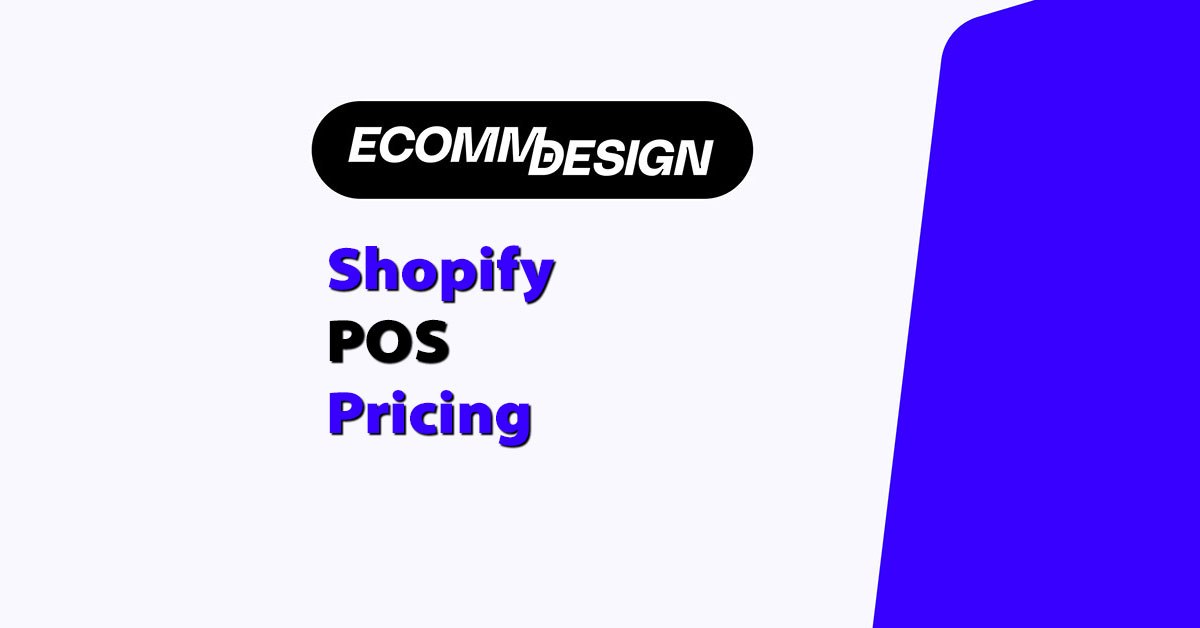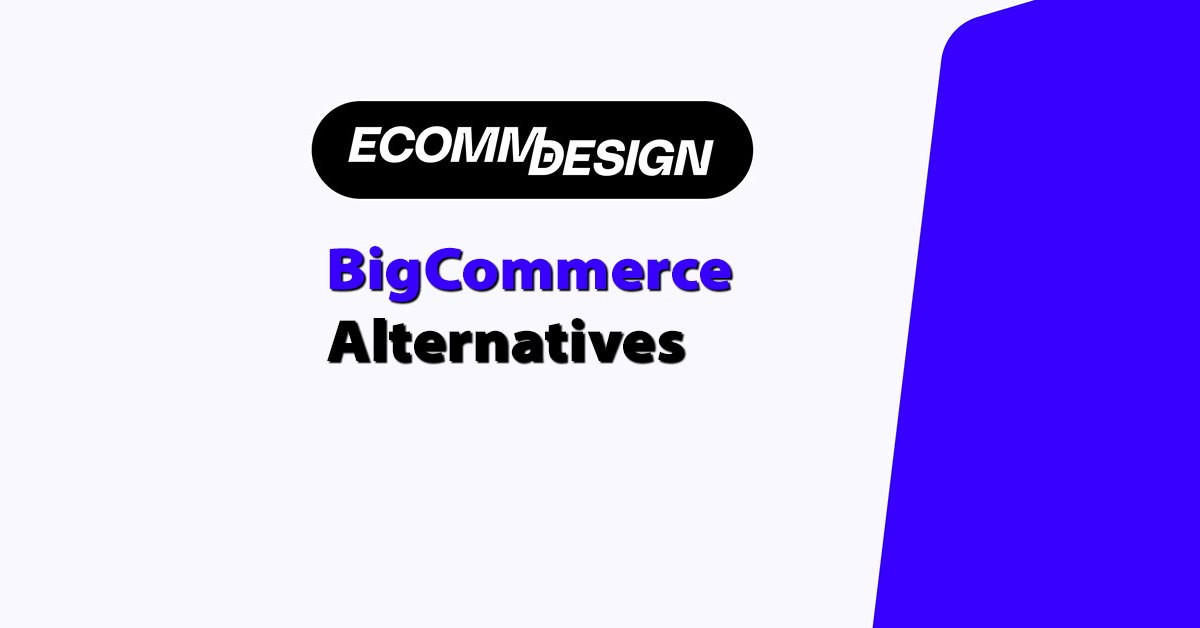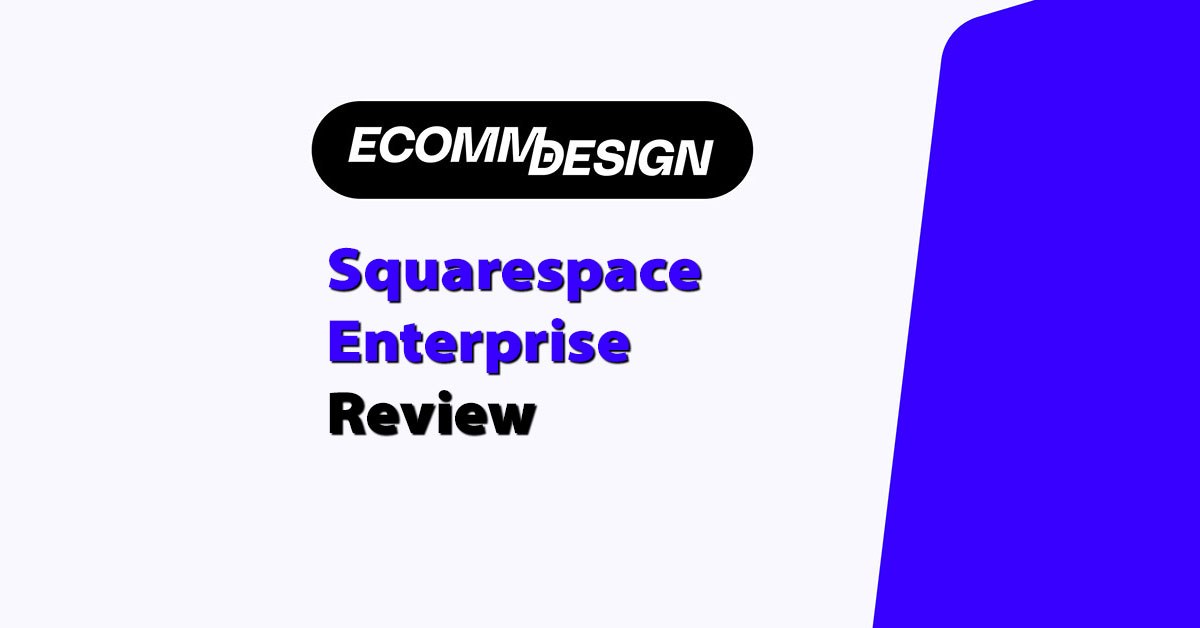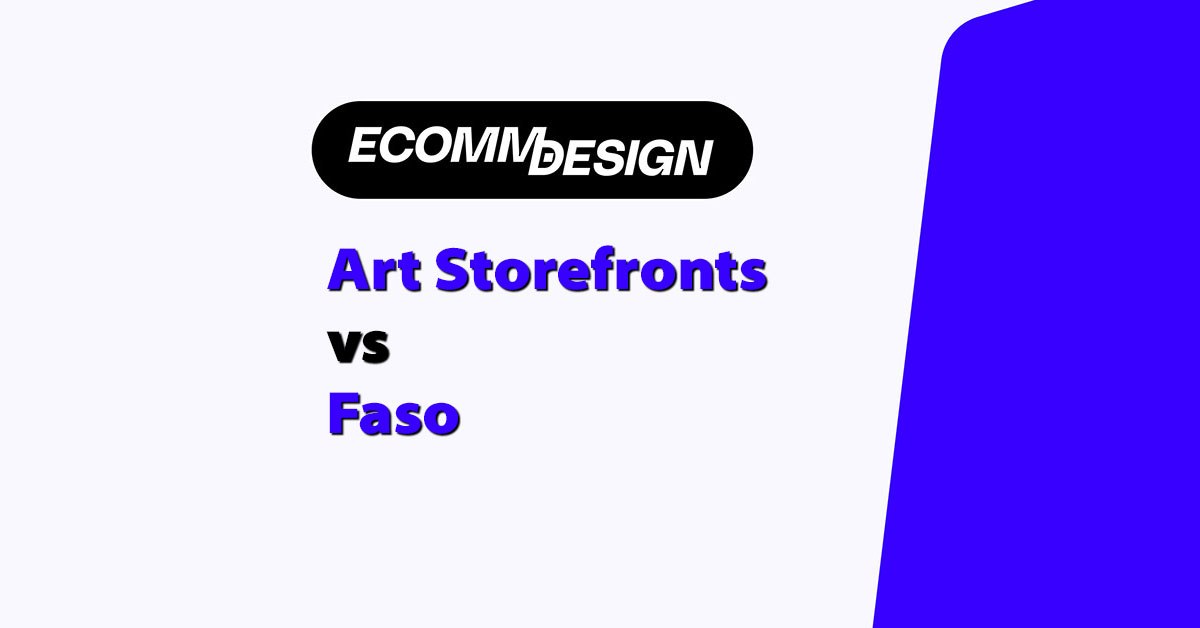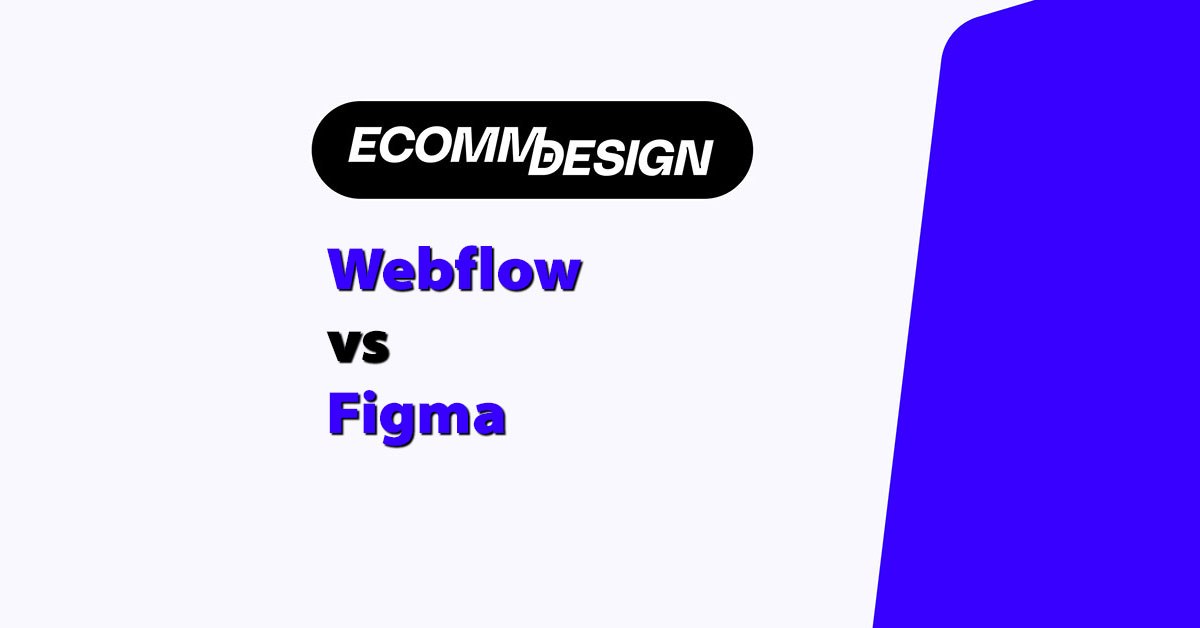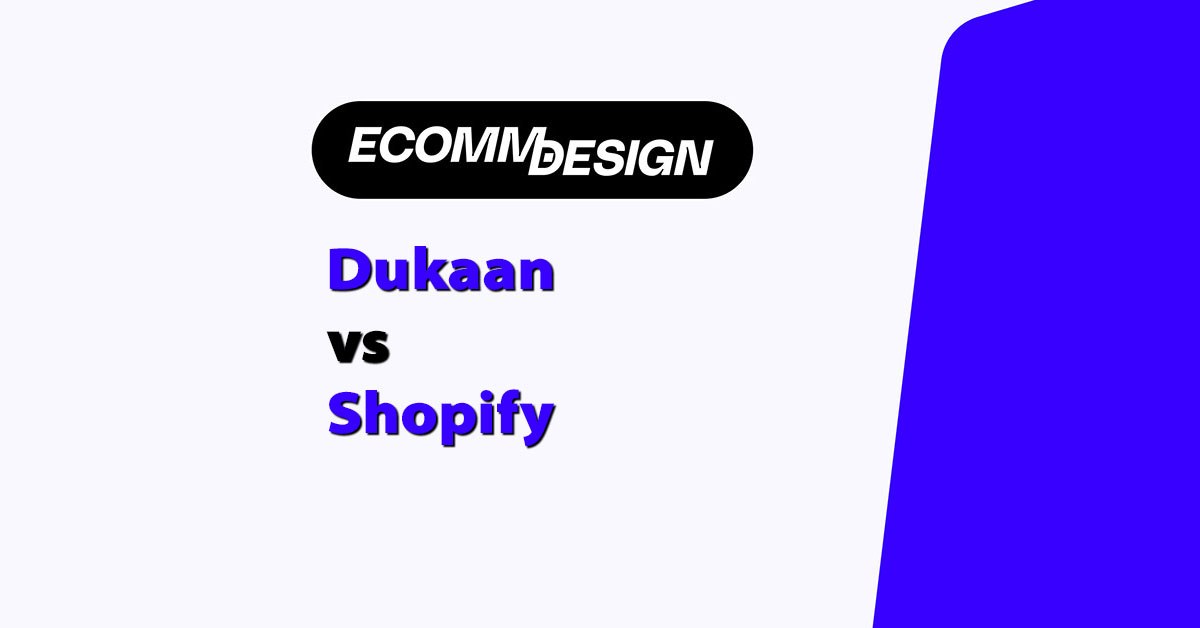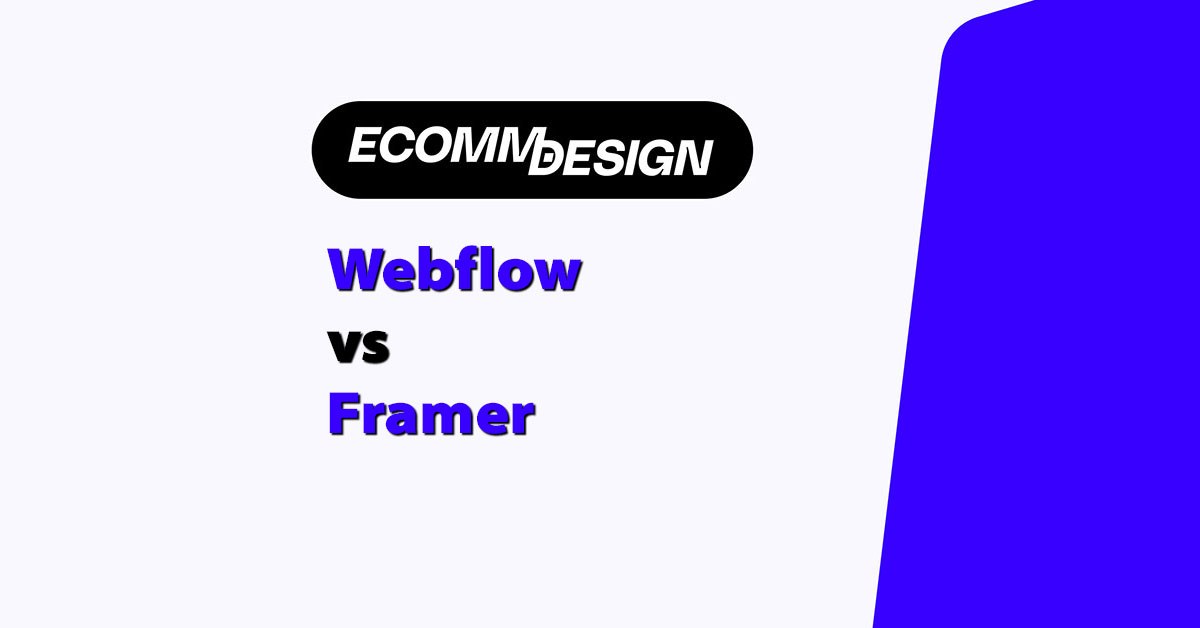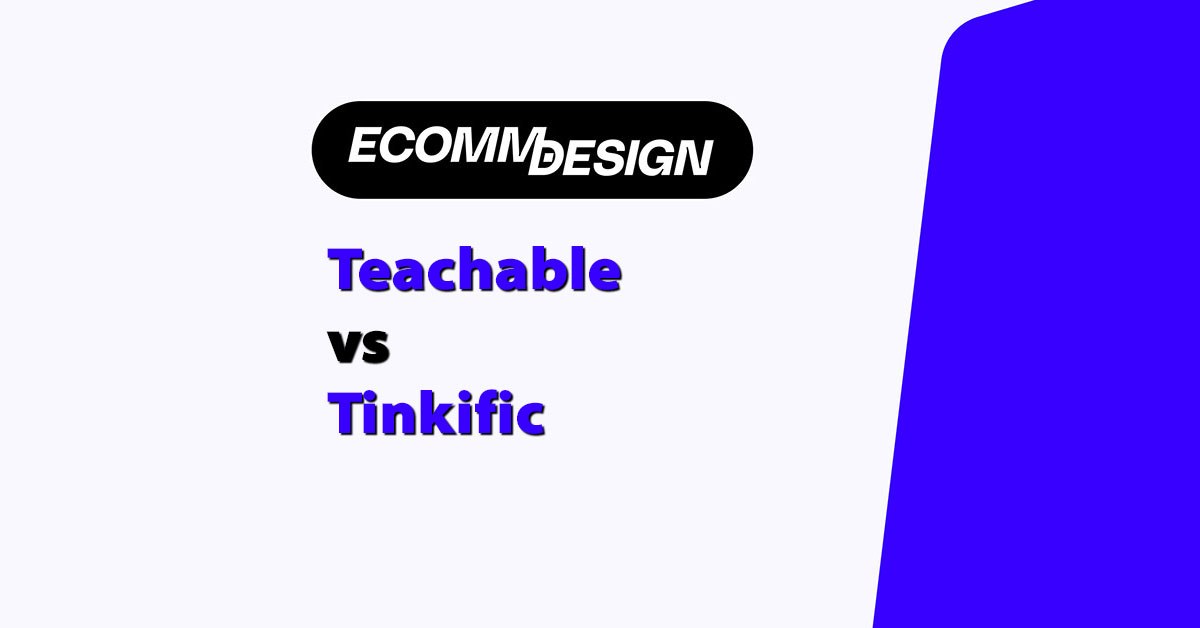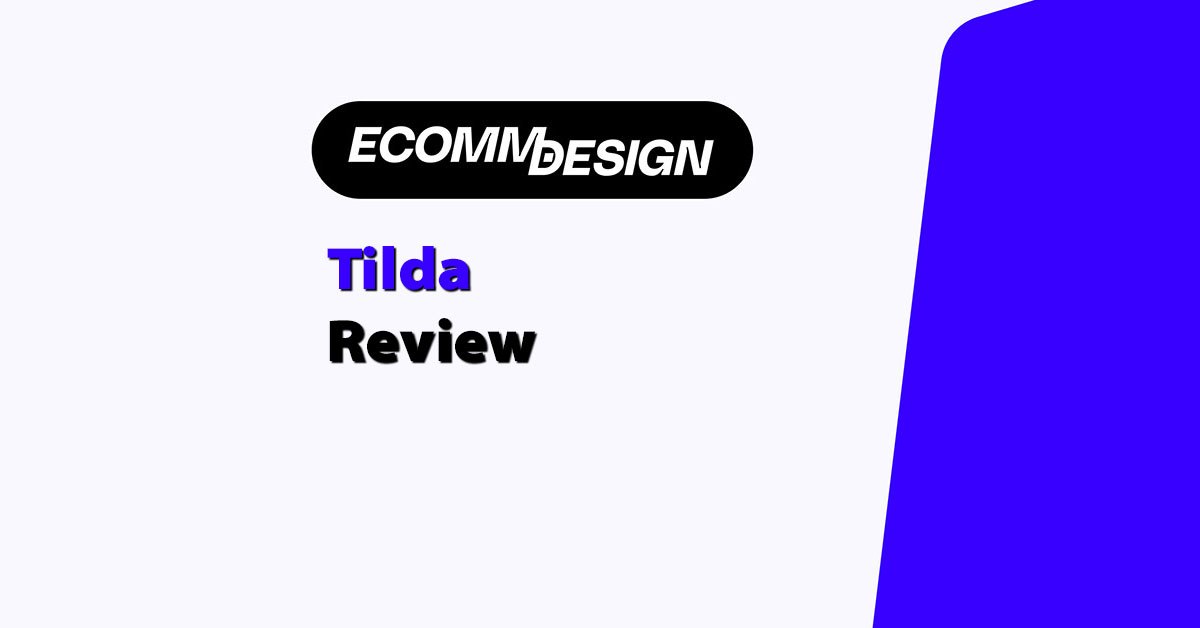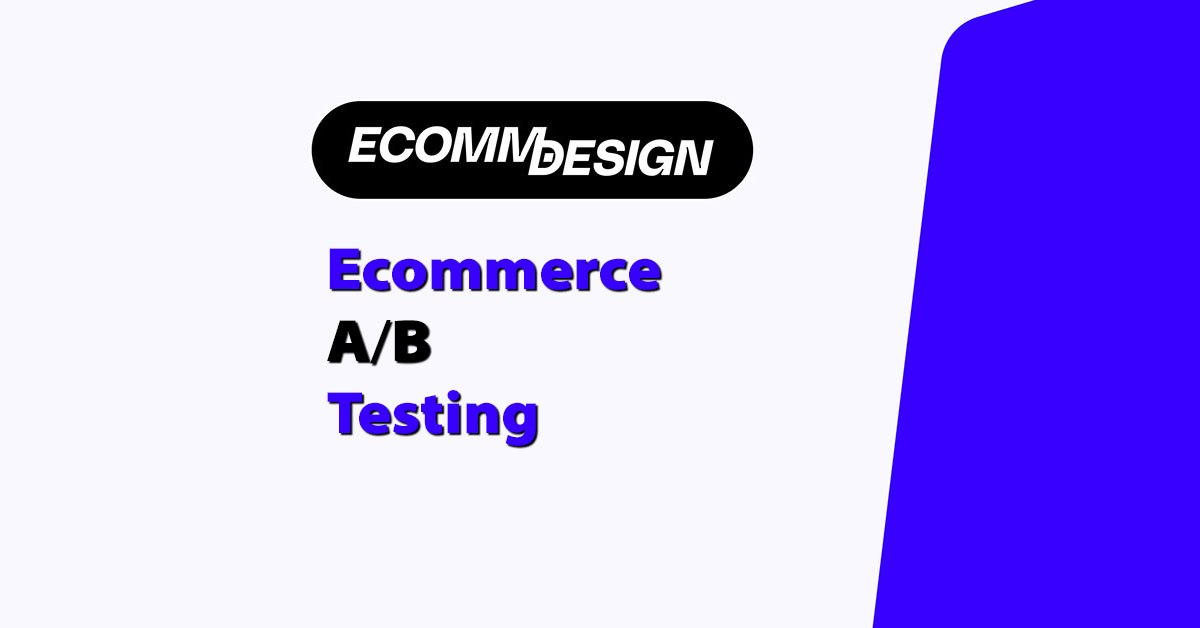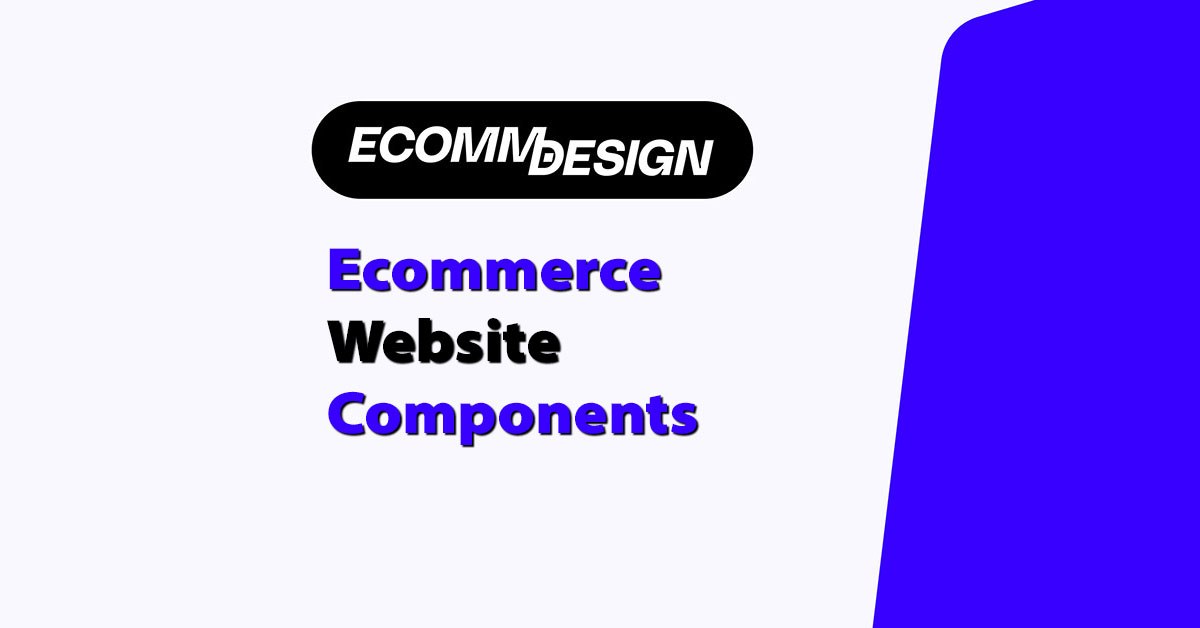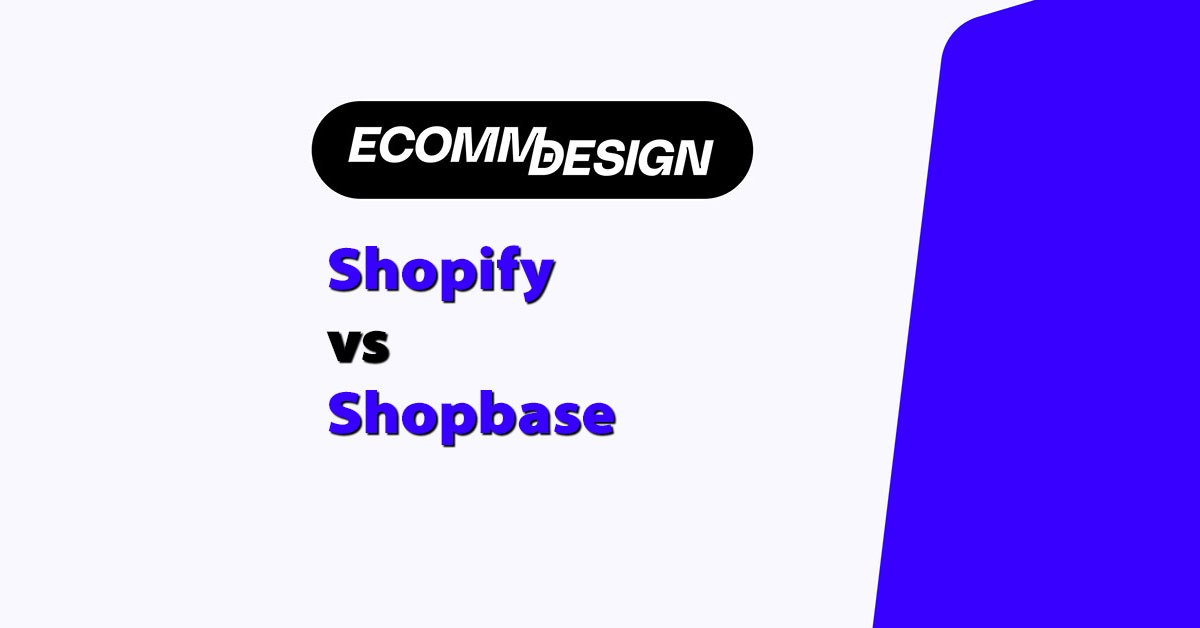
Quick answer: Shopify is the better choice overall. It’s more flexible, scalable, and easier to use with access to thousands of integrations.
ShopBase is best for beginners running lean dropshipping stores, but it falls short on SEO, apps, and design options.
I’ve built dozens of ecommerce sites on both Shopify and ShopBase — and I’ve tested everything from payment setups to page speed.
Below, I’ll break down every feature side by side so you can decide which one makes the most sense for your business.
